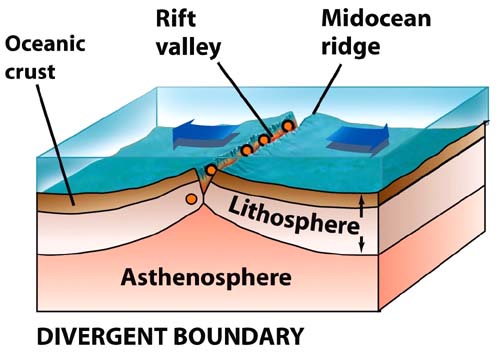http://www.learner.org/interactives/dynamicearth/images/new_map.jpg

This map shows the Tectonic Plate boundaries on Earth. As you can see, the whole world is built upon 7 major tectonic plates, African Plate, Eurasian Plate, Antarctic Plate, Indo-Australian Plate, Pacific Plate, South American Plate and the North American Plate.
Our first stop will be in North America. I traveled to Cowlitz County in WA on May 26th, 2014 with some of my research colleuges to find a subduction zone. More specifically, WA state to find a Subduction Zone. I started out close to home because a few decades ago, a memorable volcanic explosion was spotted here. Mt. St Helens.
http://ww2.hdnux.com/photos/11/33/36/2471813/5/628x471.jpg

I had a flashback to May 18th 1980, I was hiking the Mt. St. Helens mountain when I saw a huge amount of smoke escaping the top of the mountain. At first, I was worried there was a forest fire. Later, I would realize this matter was far above my imagination. As I approached the mountain I could tell the scale of this eruption was by far immense and indescribable. The smoke covered the whole top of the mountain and the closer I got to the mountain, the heat was unbearable. I realized this was a volcanic explosion. Not just any type of volcanic explosion, but a plinian explosion. One of the most powerful explosions including ash and lava.
https://blogger.googleusercontent.com/img/b/R29vZ2xl/AVvXsEg-jWeS23YP1UvfLgAB0OIAI3KhLsvbPtqbyJowXpb8X5L3Oe4iDFNKoRWaVAcvDpkpylnZ8UAJdPNgS7pnnyljYs_xjIU0gUy27nz8HWNotTfF7flYFbBOvU7zkBoNWfsd0QlqAHOaNnjQ/s1600/x2.gif

The Juan De Fuca plate became a convergent boundary when it did ocean-continental convergence with WA state. When this happened, it created a subduction zone because the ocean is denser than land so the surface fell beneath the mantle and started to melt. This heat and pressure forced itself to escape which created the Mt. St. Helens eruption and many other volcanoes to explode.
Another subduction zone is found in the Philippines. My colleagues and I took Philippine Airlines from SeaTac. We arrived in the Philippenes on May 28th, 2014. We decided to get a closer look at the subduction zone and asked one of our fellow researchers who worked in the Philippines to give us an explanation of what went on beneath the Philippine floors.
http://www.earthobservatory.sg/files/resources/images/Philippines-Block%20Diagram_0.png

The boundary is the Eurasian Plate and Philippine Plate. The researcher handed us this image, as you can see in the image, this is an example of a ocean-ocean subduction. When the Philippine Plate converges with the Eurasian plate, the Philippine plate falls underneath the Eurasian plate. This causes the crust that fell beneath to heat up and release magma. Therefore resulting in oceanic volcanoes.
It was a great first journey and I couldn't wait to travel other parts of the world to learn more about tectonic plates.








